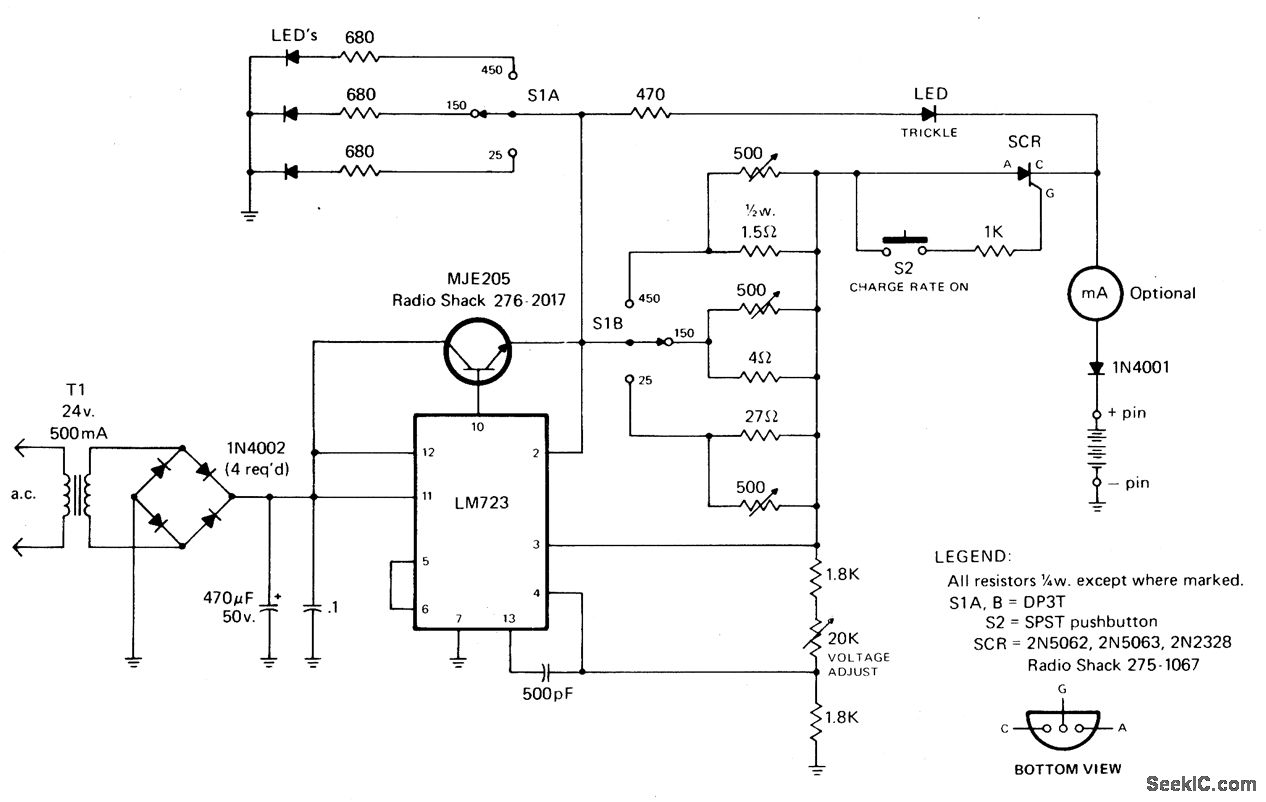

This automatic charger of nickel cadmium battery has status indication function. As the charging continues, the battery terminal voltage increases gradually, and the 5-pin voltage also reaches the opening voltage, making its input and output terminals connected, that is, D2 is on, indicating that the battery is fully charged.Ĭircuit diagram IV of nickel cadmium battery charger It is widely used in some practical circuits such as timers and alarms) the opening voltage of 5-pin of the control terminal is too small, the circuit is not on, and D3 is not on. It has the function of over-voltage, over-current and over temperature protection, which can be used in the field of high current drive switch. It has simple shape, simple peripheral circuit, overheat and overvoltage protection circuit inside. At this time, TWH8778 (it belongs to high-speed integrated electronic switch, which can be used in various automatic control circuits. After the voltage of 220V mains is reduced by transformer B, and D1-D4 is rectified, two batteries are charged by R1 and D6, and D6 light indicates charging. The circuit is as shown in the figure below. The circuit provides a high current pulse to avoid internal short circuit.Ĭircuit diagram III of nickel cadmium battery charger This NiCd charger / weeder has a built-in charger and weeder circuit to clear short circuits.

For a 1.2v/1500mah and 150mA rechargeable battery, R1 must be 5.6 ohms, R2 = 12 ohms, T1 = 2n2904.Ĭircuit diagram II of nickel cadmium battery charger If the maximum load reaches 1.15 V, when the Schmitt trigger fluctuates, D1 goes out (charging is completed) due to the low triggering threshold of about 0.9 V, S1 switch must be pressed to start each charging cycle. If D1 is on, this means the battery voltage is charged. TTL control signal output voltage divider R4 / R5, built-in constant current source transistor T1, which provides the current about 48 ma. Since the measure’s maximum charging voltage is 1.45v and the higher trigger threshold is about 1.7V, this voltage can be adjusted using the potentiometer P1 to 1.45v value. The charger of nickel hydrogen battery uses traditional electronic components. Circuit diagram I of nickel cadmium battery chargerĪ nickel cadmium battery charger, nickel hydrogen battery, can use the electronic figure below.


 0 kommentar(er)
0 kommentar(er)
